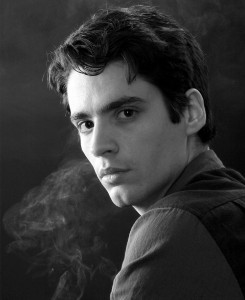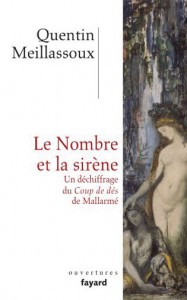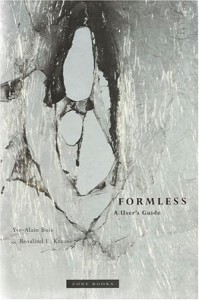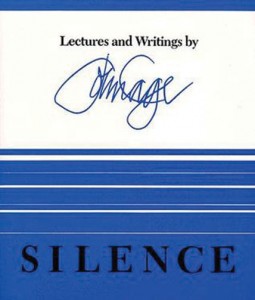« Art Critics' Reading List
VINCENT HONORE
|
Vincent Honoré is an independent curator and writer based in Paris and London. He was a curator at Palais de Tokyo in Paris (2001-2004) and Tate Modern in London (2004-2007). He is currently the founding director and curator of the David Roberts Art Foundation (DRAF), one of the largest private foundations in London. In 2011, Honoré co-founded Drawing Room Confessions, a contemporary art series of books dedicated to one artist per issue, based on conversations and words only. He is a frequent contributor to Mousse and Cura magazines and has written a number of texts for catalogues and magazines as well as exhibitions in art galleries and museums around the globe. |






































